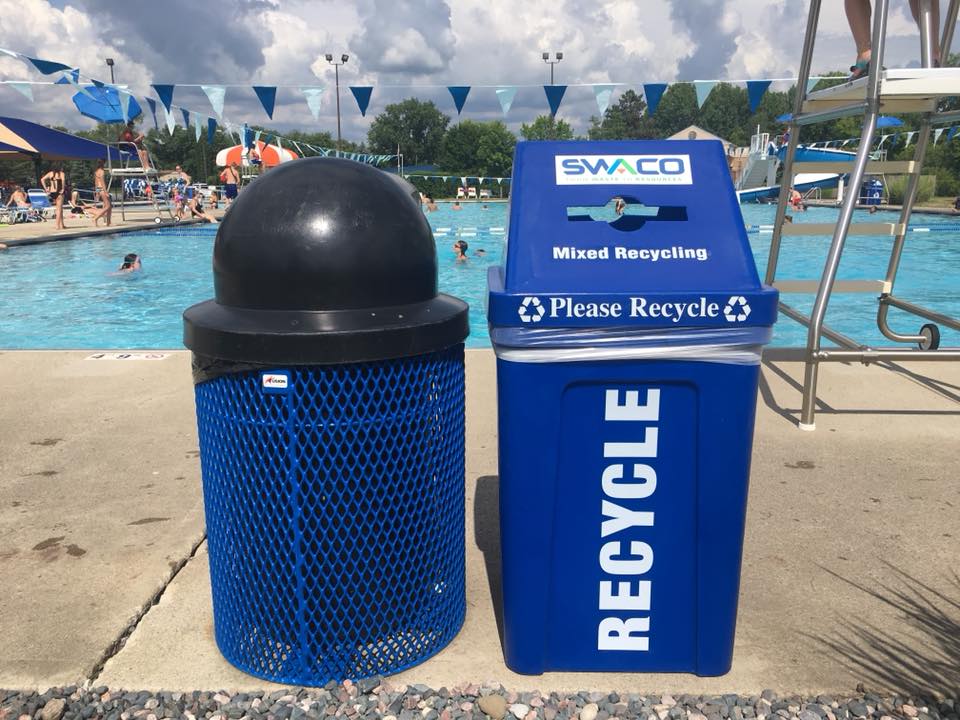
Have you seen the new SWACO recycling bins at the HFAC
July 19, 2018For Your Consideration: AEP Energy’s ECO-Advantage Program
August 19, 2018Many suburban neighborhoods have retention ponds to manage stormwater runoff volume and mitigate any potential pollution from this runoff. Over the course of time these ponds can fill up with sediment and other debris, thereby reducing their capacity and effectiveness. Another unwanted problem is that these increasingly shallower ponds can become inundated with algal growth during the summer months.
Few options, however, are available to restore retention ponds to their original depth and capacity. One commonly used method is to drain the pond before digging out the accumulated material. This, unfortunately, is a messy and time consuming process, and often requires restoring the landscaping around the pond. In addition, many ponds aren’t easily accessible by heavy equipment and the volume of material to be disposed of can be excessive.

This onsite sediment removal/dewatering method was employed by the City of Hilliard this past month at the Carrington pond adjacent to Britton Parkway. Sediment was removed from the north pond and left onsite in geotextile containers to dewater, thereby reducing the amount of material to be managed and maintaining the aesthetic value of the pond while avoiding the cost of landscaping the area around the pond. Once dry, the geotextile containers are opened and the remaining sediment solids are excavated and loaded into trucks for transport to an approved disposal/recycling facility.




